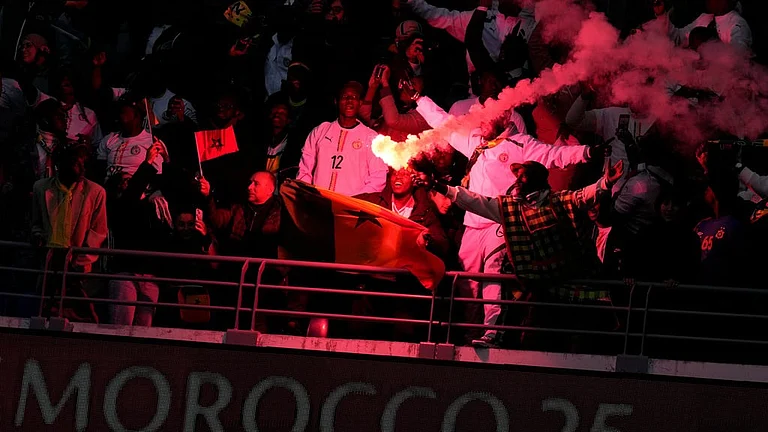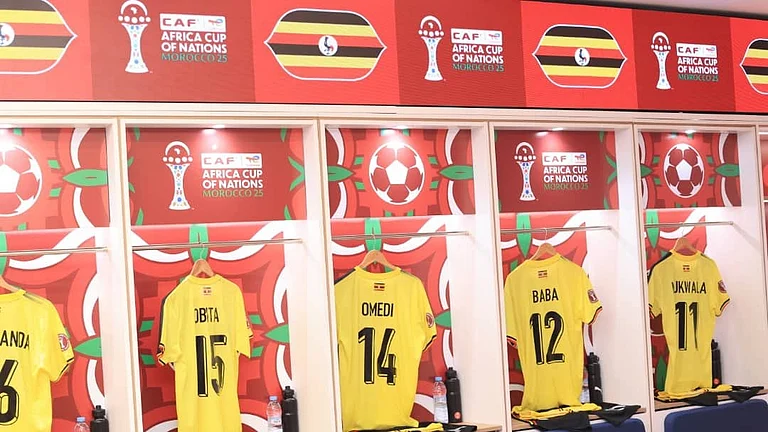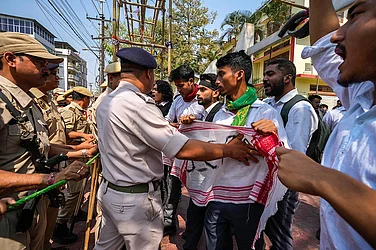Since the first COVID-19 clusters began to emerge in March, India’s state-wise Covid table has been a constantly realigning graphic. There’s again a shuffling of the deck as the country inched towards the 1.5 million cases mark this week.
From March to May, states like Kerala, Karnataka and Haryana, which had initially led the Covid tally, slid lower down the ladder, while Maharashtra, Delhi, Tamil Nadu and Gujarat settled in at the top. Cut to end-July and all the southern states are back in the top 10, except Kerala (at No. 16, yet battling a surge in cases lately). Meanwhile, Gujarat has slid down several notches and Rajasthan has eased out of the top 10.
This is the cumulative case tally. If only active cases are considered, Karnataka now has more patients than TN, with Andhra Pradesh following close behind. Delhi, with just under 12,000 active cases at the start of the week, would actually slip down several rungs to No. 10.
What about states that don’t rank high on the case tally? A recent paper in medical journal Lancet came up with a vulnerability index for districts—identifying regions without large case numbers currently, but which could be impacted by the epidemic—so that policy makers could prioritise and prepare. Madhya Pradesh and Bihar had the highest vulnerability index, the study said. That’s what makes India’s Covid map a bit difficult to grasp at one go. Consider, for instance, the reproduction number (called R nought). When this number is greater than one, it means one affected person can infect more than one individual on average— essentially, the disease is still spreading. Prof Sitabhra Sinha of the Institute of Mathematical Sciences, Chennai, who has analysed statistics from the top five metros, says several cities temporarily had R0
Bangalore had the highest R0 of 1.41 (meaning 10 infected individuals can infect 14 others) for July 3-18. Chennai saw its R0 drop to below one in early July, suggesting its two-week lock-down last month helped to leash the case count. Whether the subsequent relaxation will set off another cycle of cases will be known soon, says Sinha.
Mumbai had been hovering on the cusp—from below one in early July to an estimated 1.09 mid-month. The same goes for Calcutta, which had a period of R0
By Ajay Sukumaran in Bangalore

























